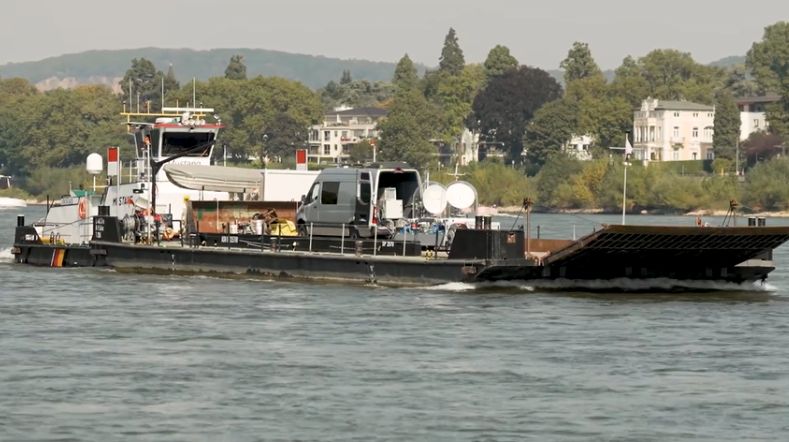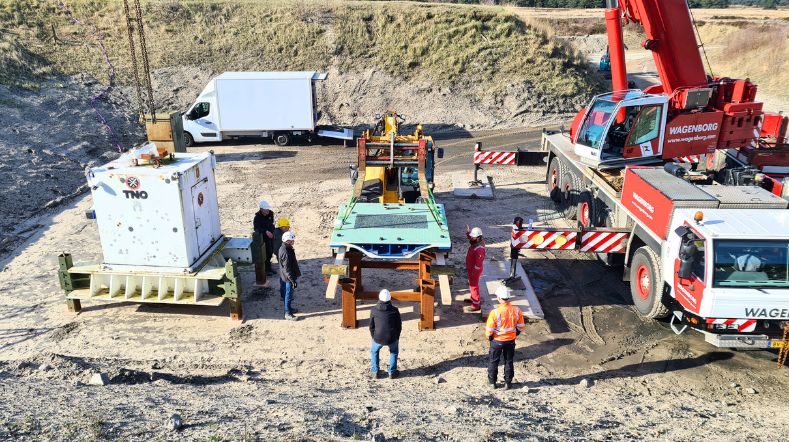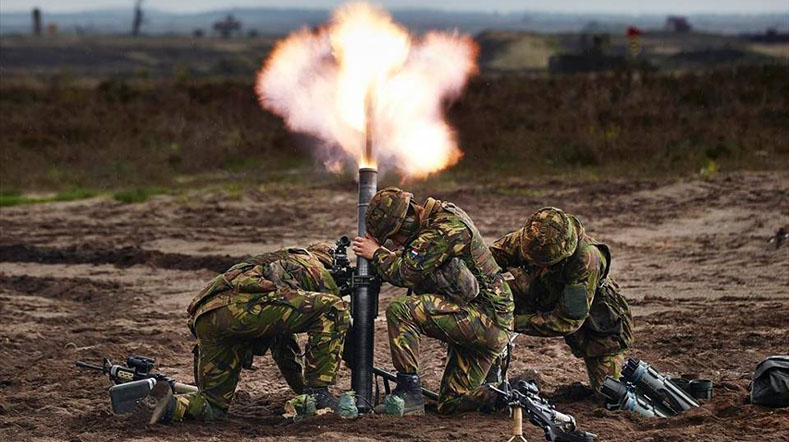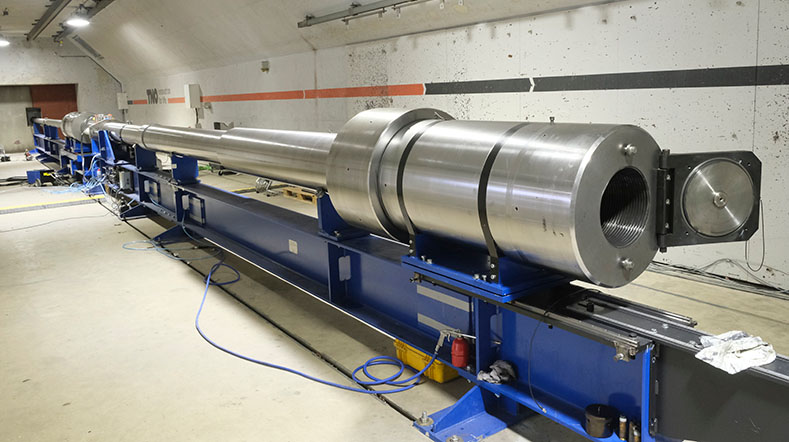Weapon systems
Especially the Ministry of Defence employs weapon systems. From small caliber systems up to large and complex guided weapons. Requirements for those systems and their performance are high end. To determine the contribution of weapons systems to combat success, a lot of system aspects must be covered. Good advice requires all these aspects to be taken into account.
An important part of the Weapon systems know how base is the capability to integrate a lot of disciplines, from purely technical up to military operational. Weapon systems are expensive generally, and only a restricted part of their characteristics can be determined experimentally.
That is why Weapon systems usually performs system analysis based on modeling and simulation. The core of our work is centered around the actual impact of a weapon system on a target system. More and more causal phenomena and resulting effects are implemented in our models.
This way, Weapons systems can simulate the trajectory of a munitions, calculate the hit probability, calculate the kill probability, determine the actual damage on a target, and determine the functional consequences of that target. With those results, we are able to give advice on how a weapon system can be optimally deployed, even taking into account collateral damage that should be prevented.
Systems that perform
System performance analyses are performed to give advice to our Ministry of Defence on:
- Establishing requirements for systems that will address operational needs;
- Selecting candidate systems for procurement purposes;
- Determining whether systems fulfill requirements;
- Determining the potential of future systems for policy making purposes;
- Optimal employment of weapon systems by end users.
Customers from industry require advice on:
- Trouble shooting problems with current systems;
- Choices to be made during development of new systems;
- Information to be used for marketing purposes.
Increasingly, defence industries recognize the value added of the Weapon Systems expertise.
Applications and impact
Examples of the track record:
- Parliament discusses the new ammunition for police forces based on TNO research findings.
- TNO research results support the switch to the 35mm caliber gun on the CV90, making the Dutch defence forces launching customer for this capability.
- TNO determines the so-called Missile Performance Data Set which is implemented on board of the Air Defence Frigates of the Royal Netherland Navy.
- The focus on Consequence of Intercept within the field of Ballistic Missile Defence leads to recognised importance of the subject on the political level during the NATO Summit in Lisbon.
Get inspired
How the use of passive radars and satellite signals can detect and identify aerial threats


Responsible for safety: the crucial role of the range operator in bulletproof protection


Is the race between protection and weight of Defence vehicles changing?


Prevent mild brain damage (mTBI) in the military? TNO is helping to build knowledge


How does TNO help protect us from hypersonic weapons?


